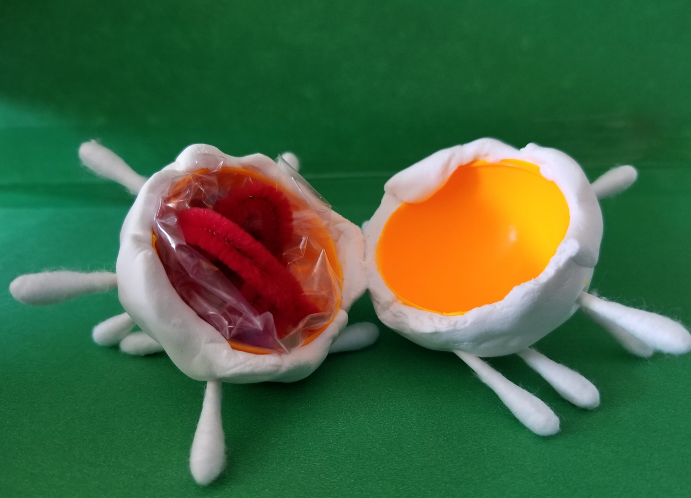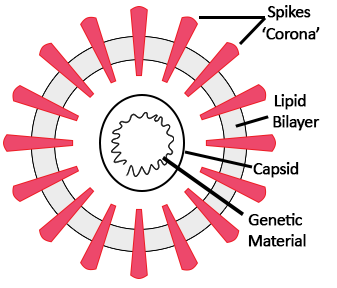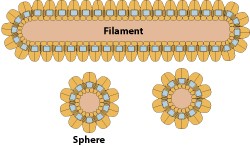
Craveology Cafe and the North Star Science Store are temporarily closed for renovation.

We'll use the image below of a Corona virus as a template to create our model.

Spikes - help stick to surfaces.
Lipid Bilayer - act as the outer 'walls' of the virus.
Capsid - provides protection to the genetic material.
Genetic Material - the 'blueprint' of the virus.
Viruses cause many diseases such as the common cold or COVID-19 - these are tiny, almost imperceptible beings that infect living beings to make more copies of themselves.
There are predominantly two kinds of shapes found amongst viruses: rods, or filaments, and spheres. The rod shape is because of the linear array of the nucleic acid and the protein subunits making up the capsid. The sphere shape is a 20-sided polygon.
